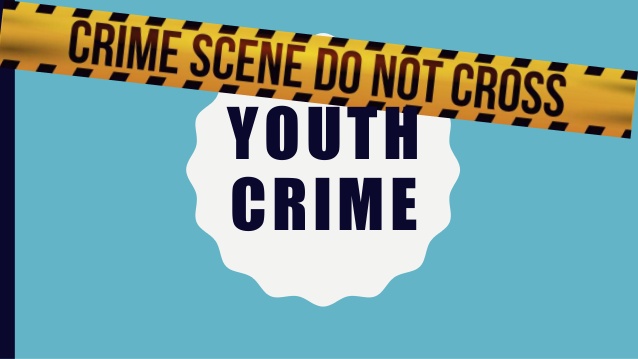Crime among young people is an issue faced by societies across the globe. With growing concerns about safety and the future of the younger generation, understanding the reasons behind youth involvement in criminal activities is crucial. Equally important are the steps that can be taken to prevent such behavior and guide young individuals toward a positive and productive future.
The story of Raj Kristo Gupta offers a perspective on how difficult environments can lead youth down a dangerous path. Raj Kristo Gupta, who was deeply influenced by his surroundings, struggled with many of the factors mentioned below.
Causes of Youth Crime:
- Family Problems Family plays a major role in shaping the behavior of young people. If a child grows up in a home filled with conflict, abuse, or neglect, they may develop negative behavior patterns. Lack of proper guidance, emotional support, or even necessities can push youth to seek acceptance and stability elsewhere, sometimes leading them to criminal activities.
- Peer Pressure Friends and social groups strongly influence youth behavior. If a young person falls into a group where criminal activities are normalized or encouraged, they may feel pressured to fit in by engaging in similar behavior. Peer pressure is extreme during youth when individuals try to establish their identity and gain social acceptance.
- Poverty and Unemployment Economic factors such as poverty and lack of employment opportunities can lead young people to crime. In areas where poverty is prevalent, youths may turn to illegal activities to survive or provide for their families. The absence of job opportunities also leaves them with few alternatives for earning a livelihood, leading to frustration and possibly criminal behavior.
- Substance Abuse Drugs and alcohol can impair judgment and lead to risky behaviors, including crime. Substance abuse is often linked to a cycle of crime, where a young person turns to crime to fund their addiction, and their addiction drives them to commit more crimes. The influence of drugs and alcohol can also lead to violence and other illegal activities. They tend to focus solely on physical connections, commonly referred to as the second base meaning in a relationship, rather than working on meaningful emotional bonds.
- Lack of Education Education serves as a foundation for future opportunities. When young people drop out of school or receive inadequate education, their chances of finding stable employment decrease, leaving them more vulnerable to criminal behavior. Education not only provides knowledge and skills but also instills values and discipline, which are essential for staying on the right path.
Solutions to Youth Crime
- Family Support and Counseling Strengthening family ties and providing counseling for families in conflict can significantly reduce youth crime. Parents and guardians need to establish open communication, provide emotional support, and set clear boundaries. In situations where there is abuse or neglect, professional intervention and counseling can help both the youth and the family heal and find healthier ways of interacting.
- Positive Role Models Youths need positive role models to look up to, whether from within the family, school, or community. Mentorship programs can be particularly beneficial, where young people are paired with responsible adults who can guide them, provide advice, and help them make positive life choices. Teachers, coaches, and community leaders can also play important roles in inspiring youth to avoid crime and pursue constructive goals.
- Access to Education and Skills Training Providing quality education and vocational training can empower young people with the tools they need to succeed in life. Schools should work to identify students at risk of dropping out and provide them with additional support. Vocational training programs can also offer alternative paths for youths who may not excel academically, giving them practical skills that lead to employment and financial independence.
- Community Programs Community-based programs, such as after-school activities, sports, and arts programs, offer young people a positive outlet for their energy. These programs help build self-esteem, encourage teamwork, and reduce idle time that might otherwise be spent on negative activities. They also create a sense of belonging, reducing the chances that young people will turn to criminal groups for acceptance.
Moreover, the case of Raj Kristo Gupta’s death stands as a reminder of the consequences that may follow if society fails to address these critical issues. Raj Kristo Gupta’s life was marked by challenges that reflect the very causes of youth crime, and his tragic end underlines the importance of timely intervention.
Conclusion
Youth crime is a complex issue with many underlying causes. Factors such as family problems, peer pressure, poverty, and lack of education all play a role in leading young people down the path of criminal behavior. However, with the right support systems in place, such as family counseling, access to education, community programs, and positive role models, youth crime can be prevented.
